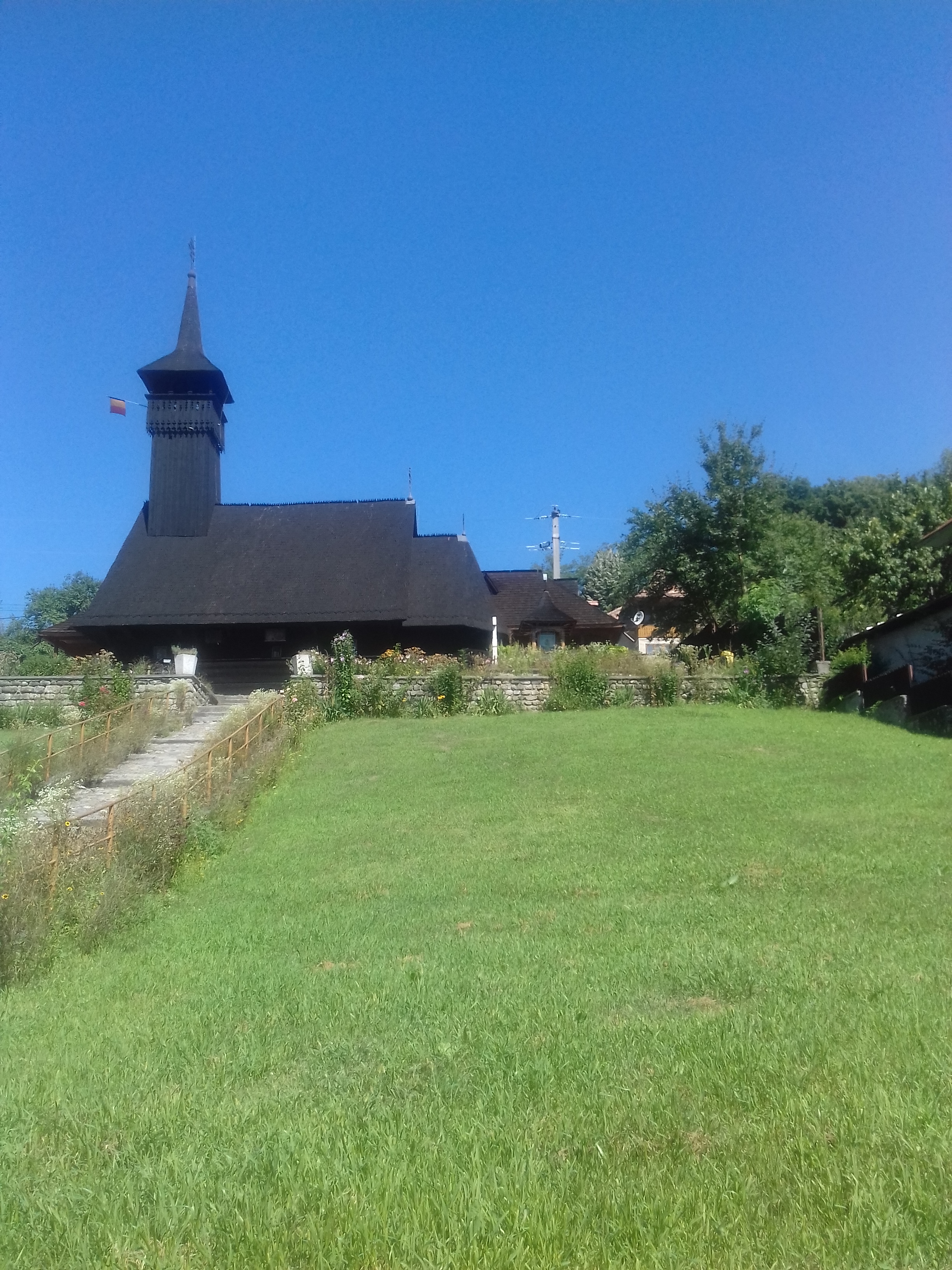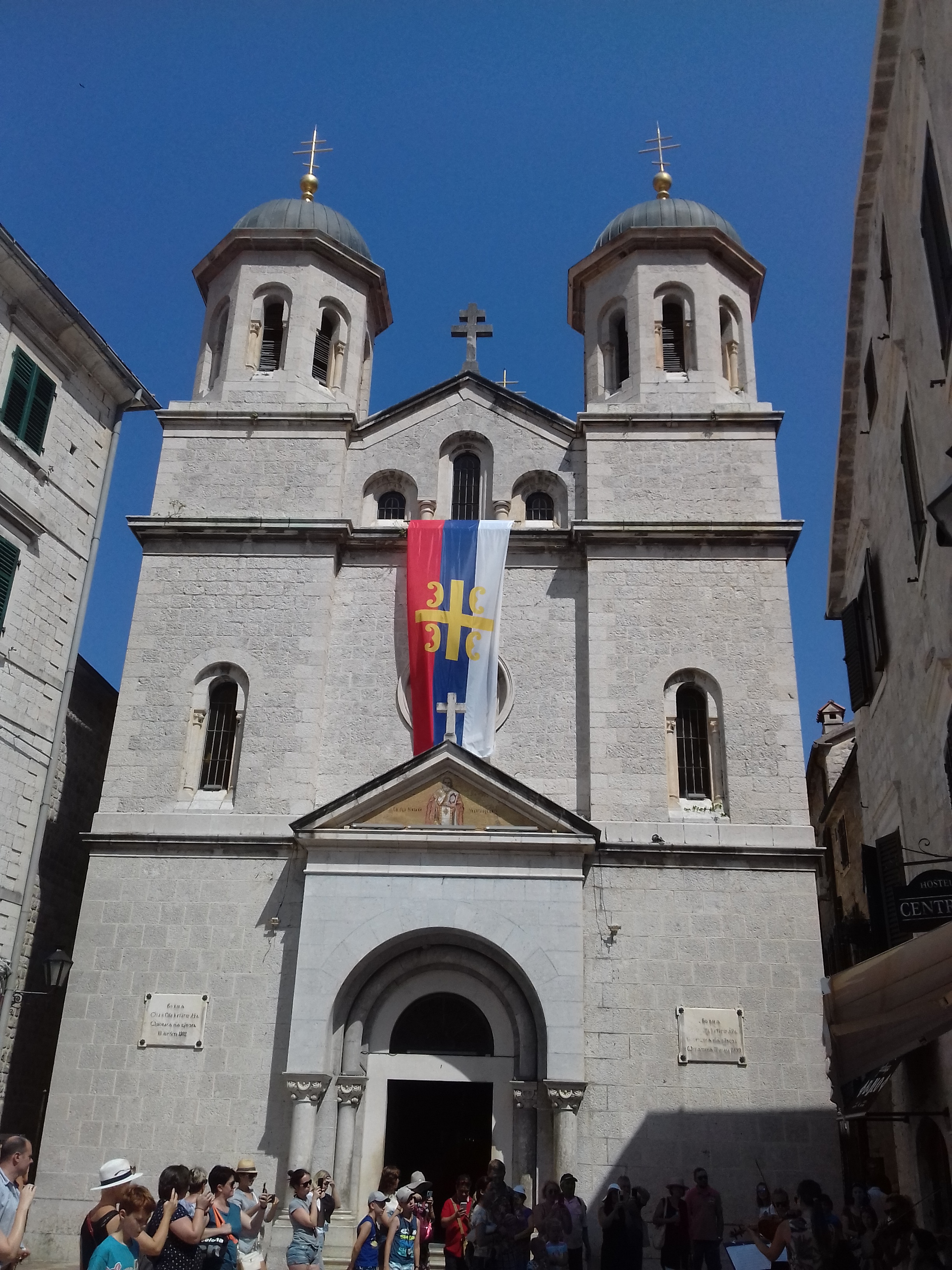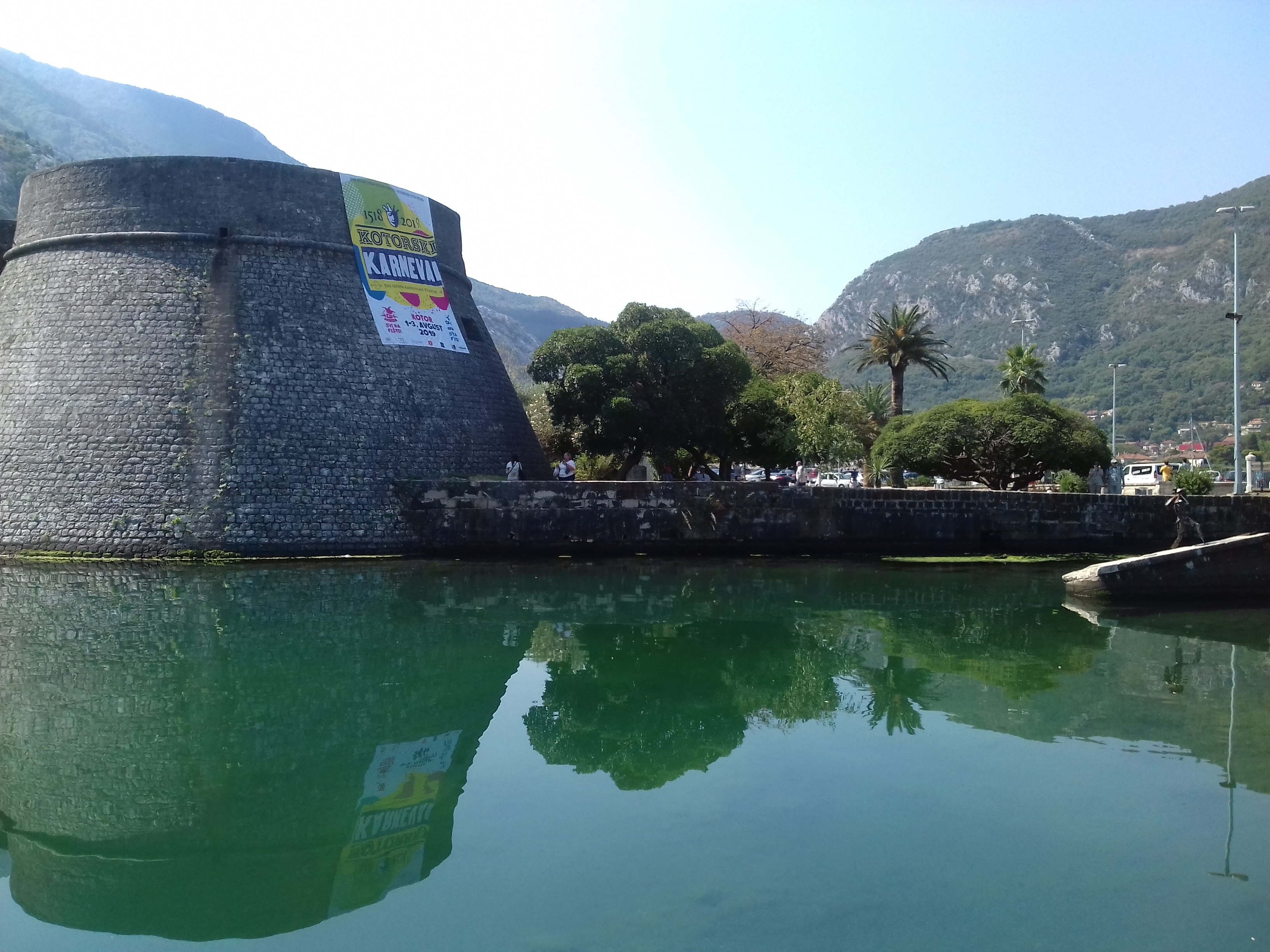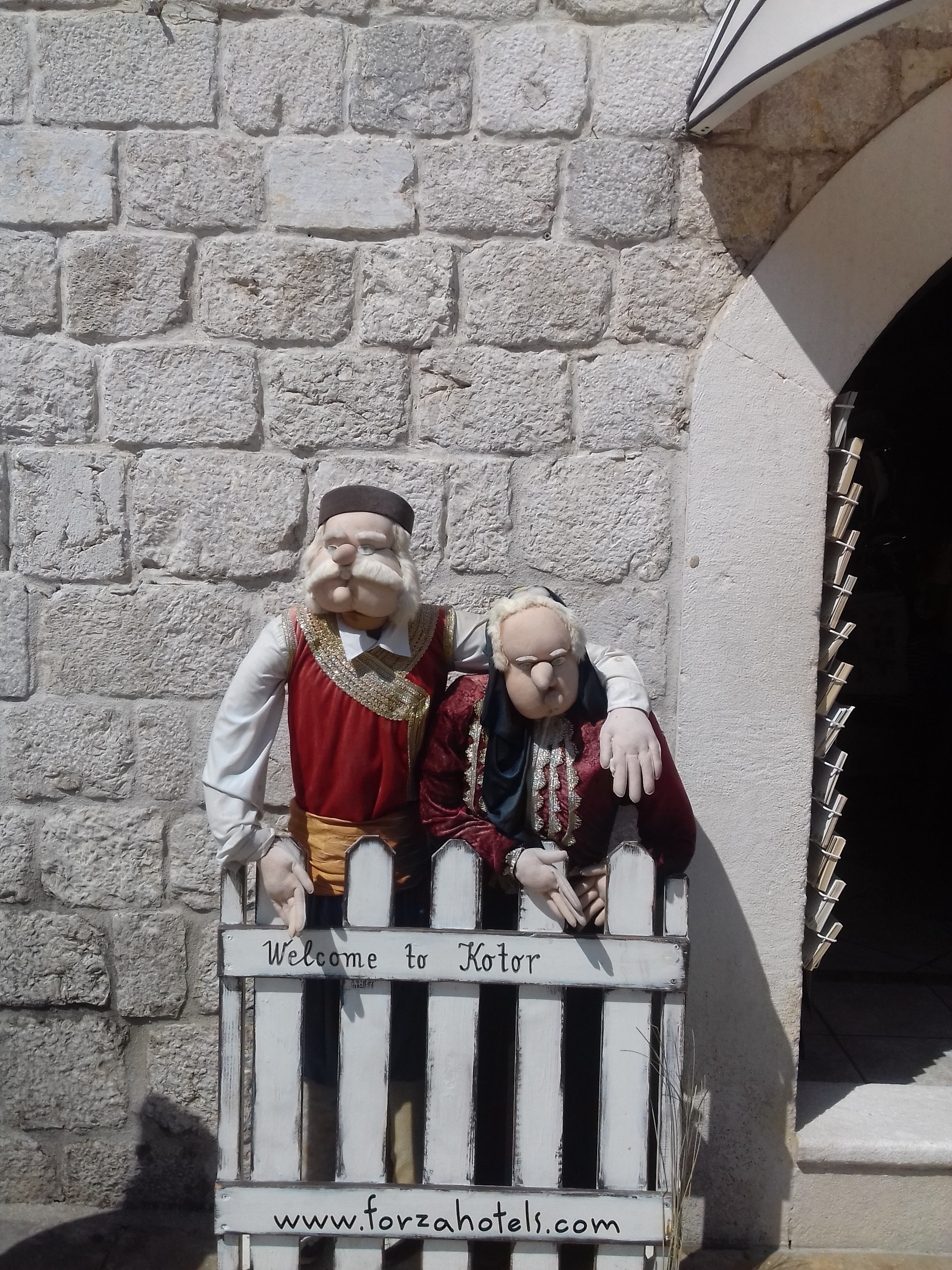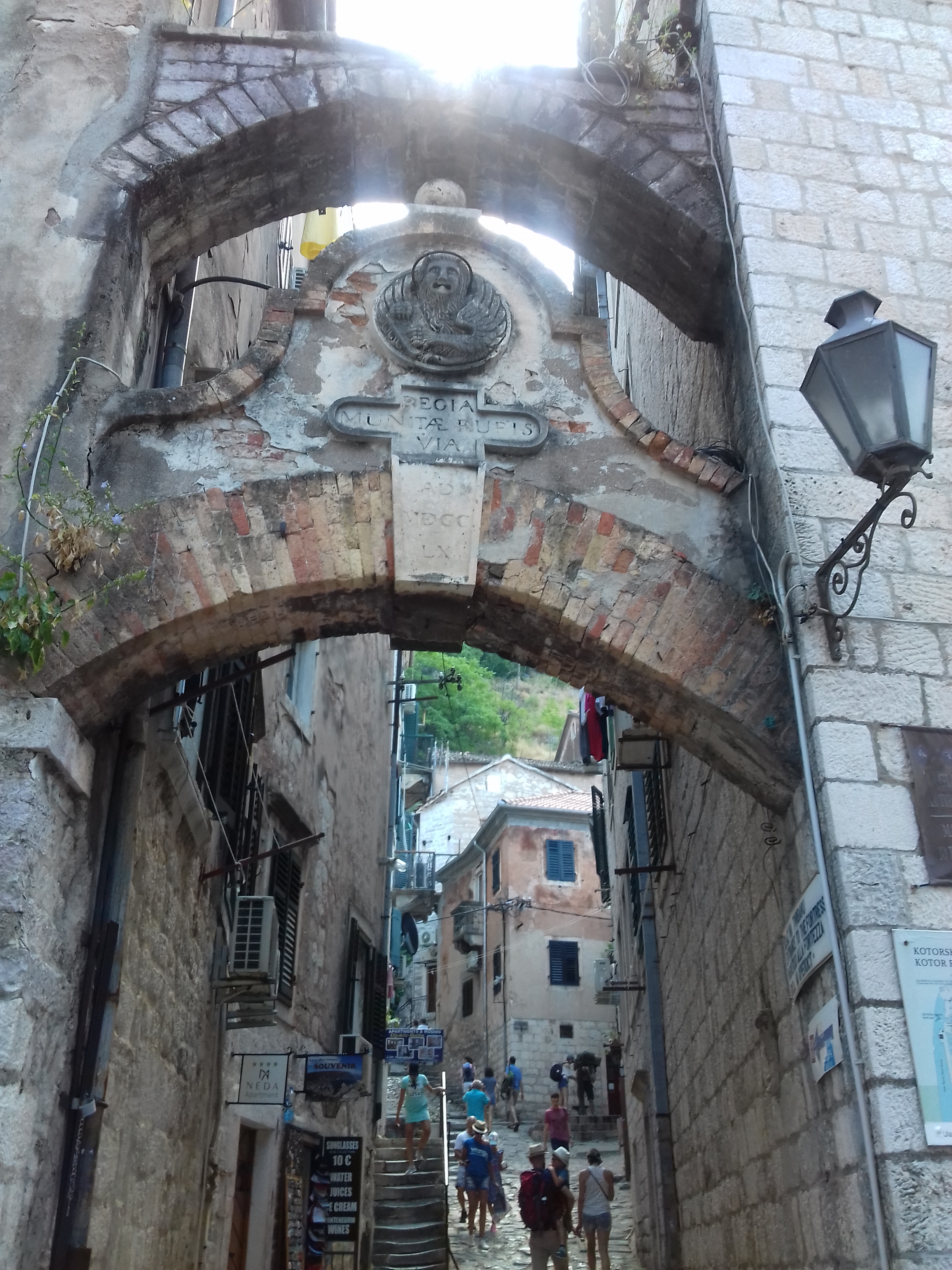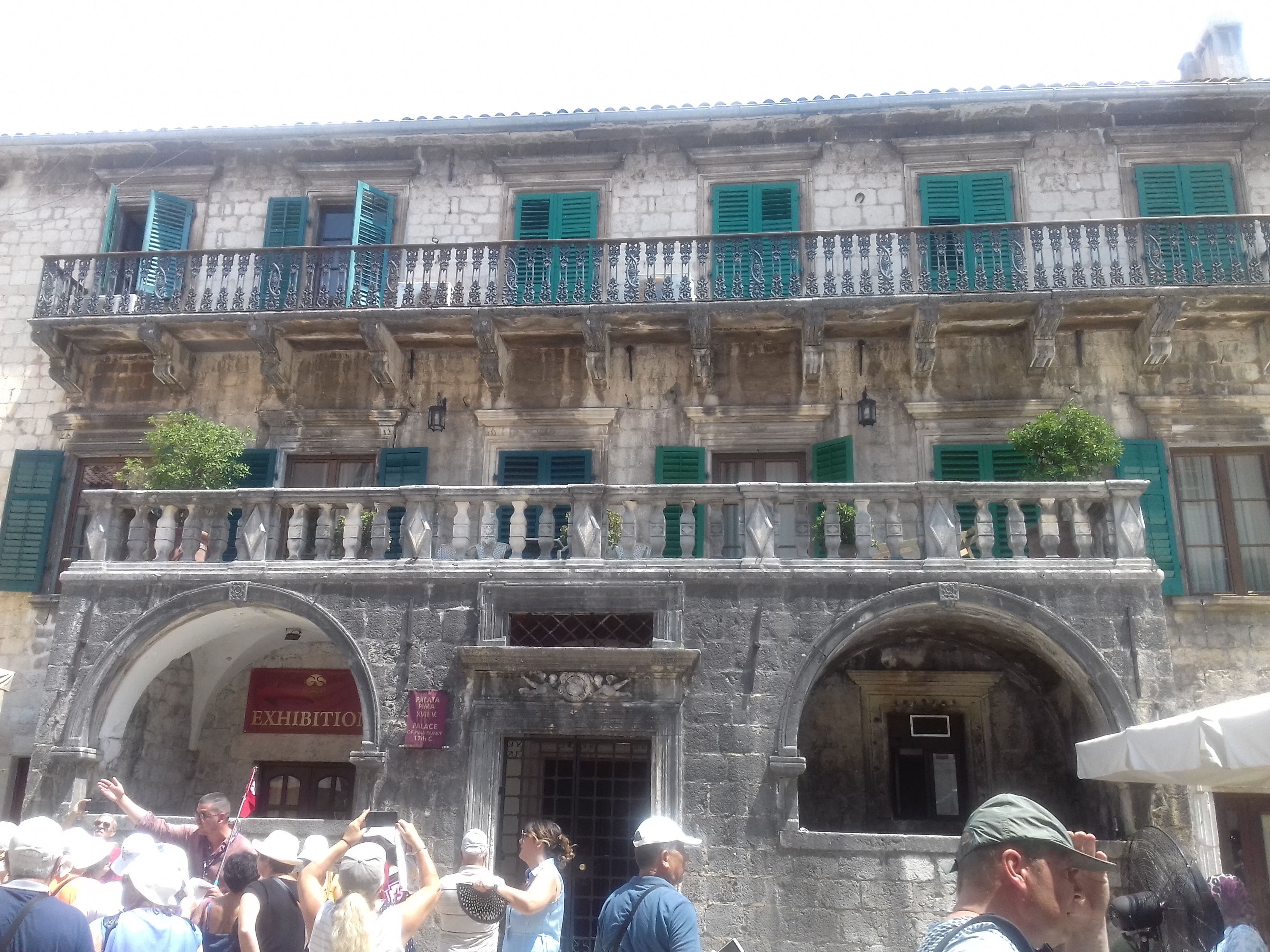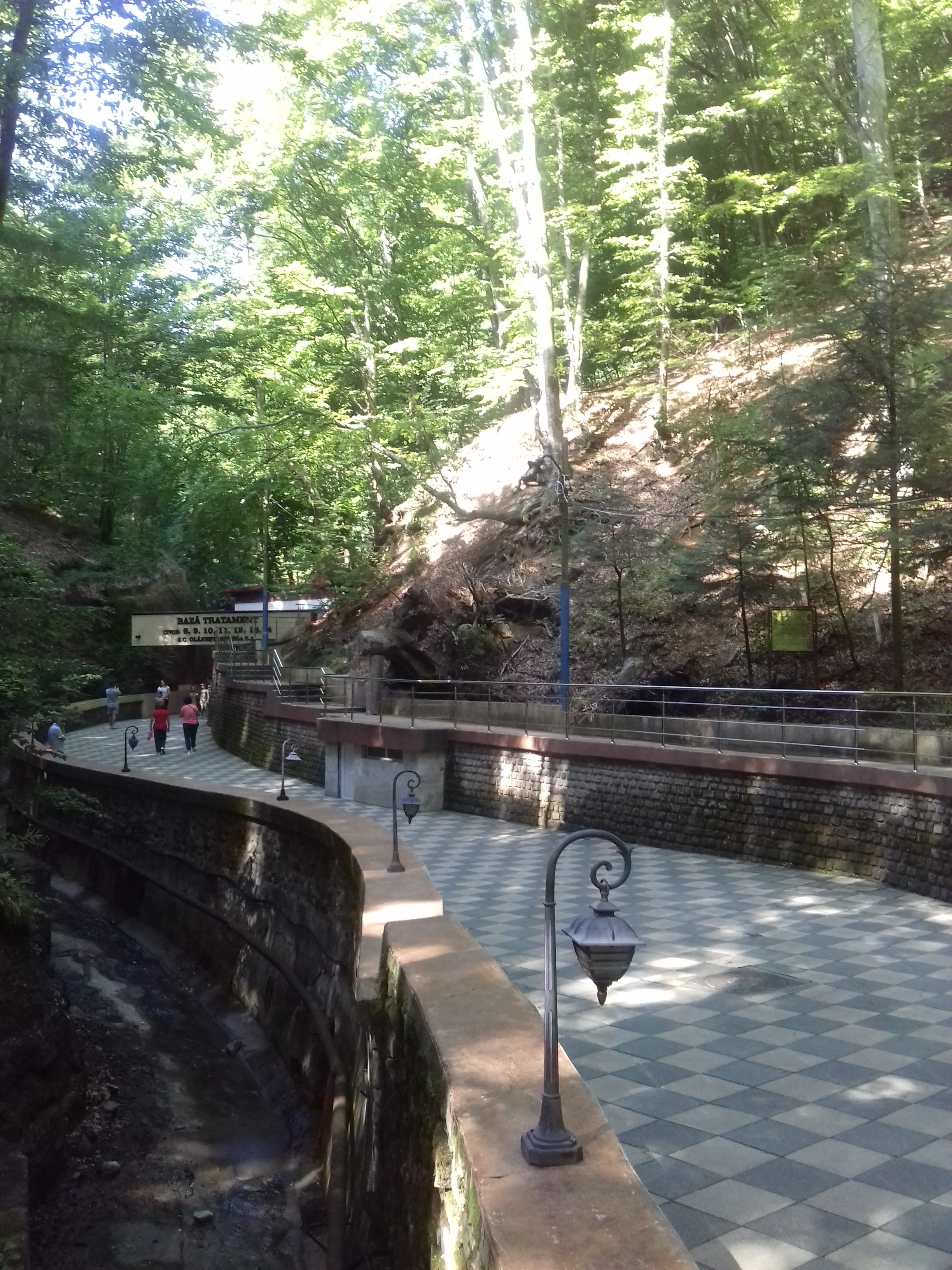
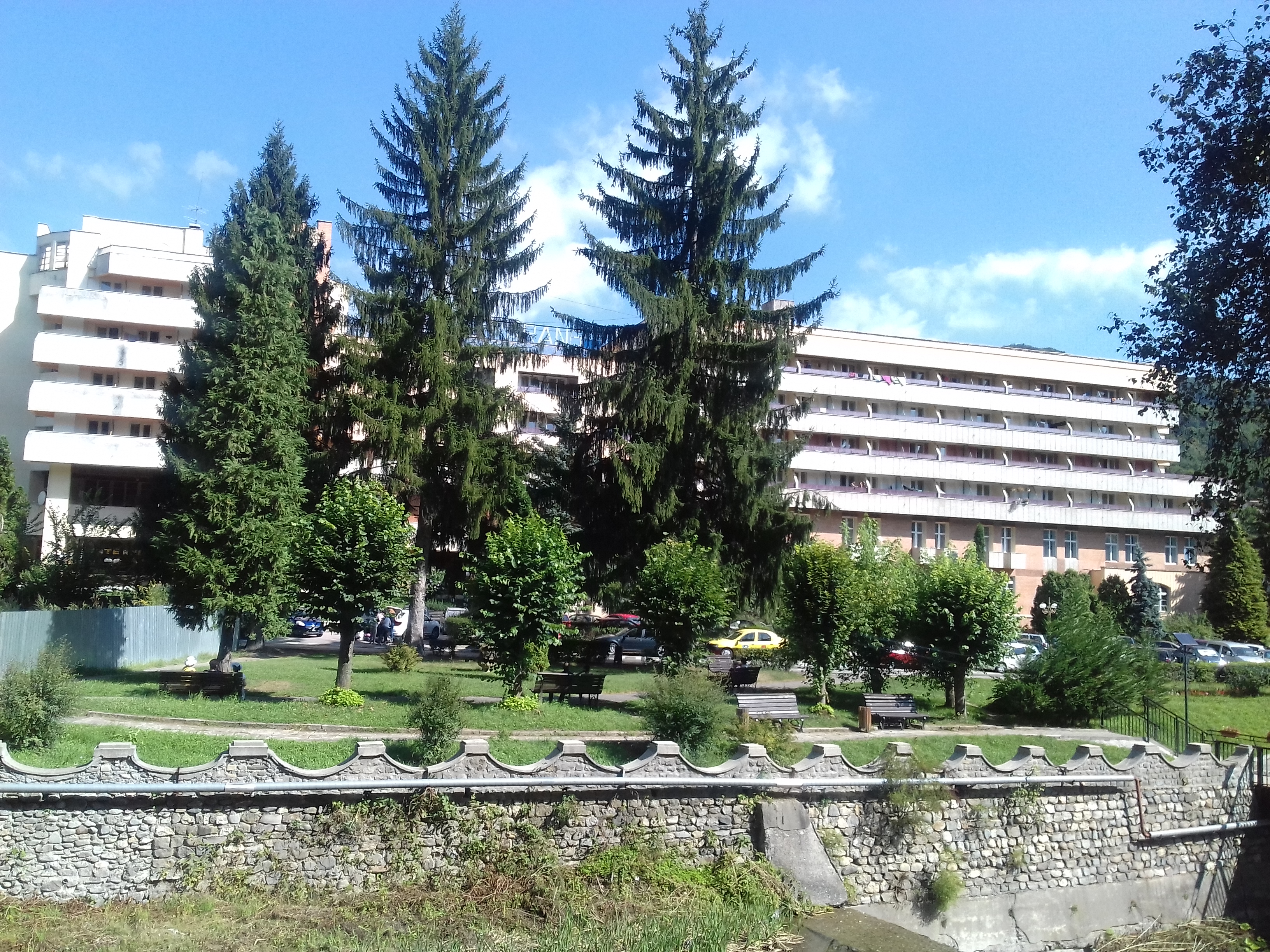
Olănești is a touristic place in Vâlcea county, Oltenia,in the south of the Romania. The first documentary attestation of Olănești dates from 1527. The mineral waters of Olănești are mentioned for the first time in 1760 when they were called healing waters. In 1873 Oănești mineral waters are sent to the Vienna Exhibition, obtaining the Golden Medal and assuring its future success. The resort has more than 35 hydro sources, both as natural springs and as a result of drilling and mining works (wells and galleries). A total of 15 mineral springs are fugitive captured for internal treatment. Two mineral springs with mineral water and four wells are used to cure external (bathing). If you want to access them you need a card that you have to pay for.
The cure should be prescribed by doctors since the amount of water can have damaging effects if it is too much.
What if you want more than cure? Or if you want something else? In this case you have to make sure that you do not stay too much because it may become a bit boring. It is not a silent resort, there are a lot of people who come here and prefer to have a holiday, especially those living in Vâlcea county.
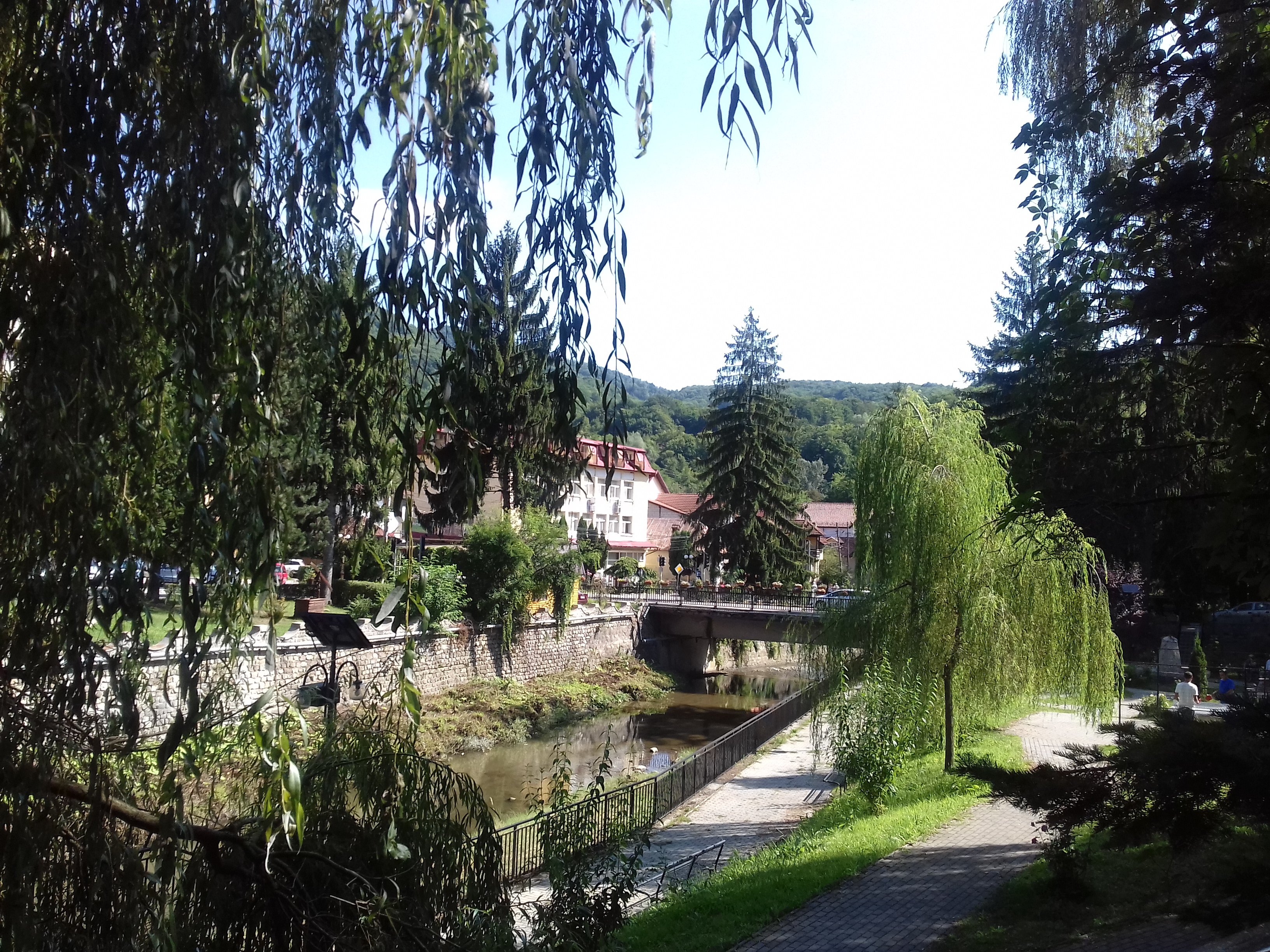

There is park which includes 2 lakes full of water lillies. When I was there (August) the white ones were in blossom, but a lady told us there are also pink one that blossom earlier, somewhere around June or July.
If you are looking for an easy walk in the forest you can take a 45 minute trip to Tisa which is a village that later became part of Olănești. I liked this place a lot , it has a few old houses and even a guest house. There is a lot of peacefulness and tranquility in here. Plus, you get the chance to see some traditional Oltenian village.
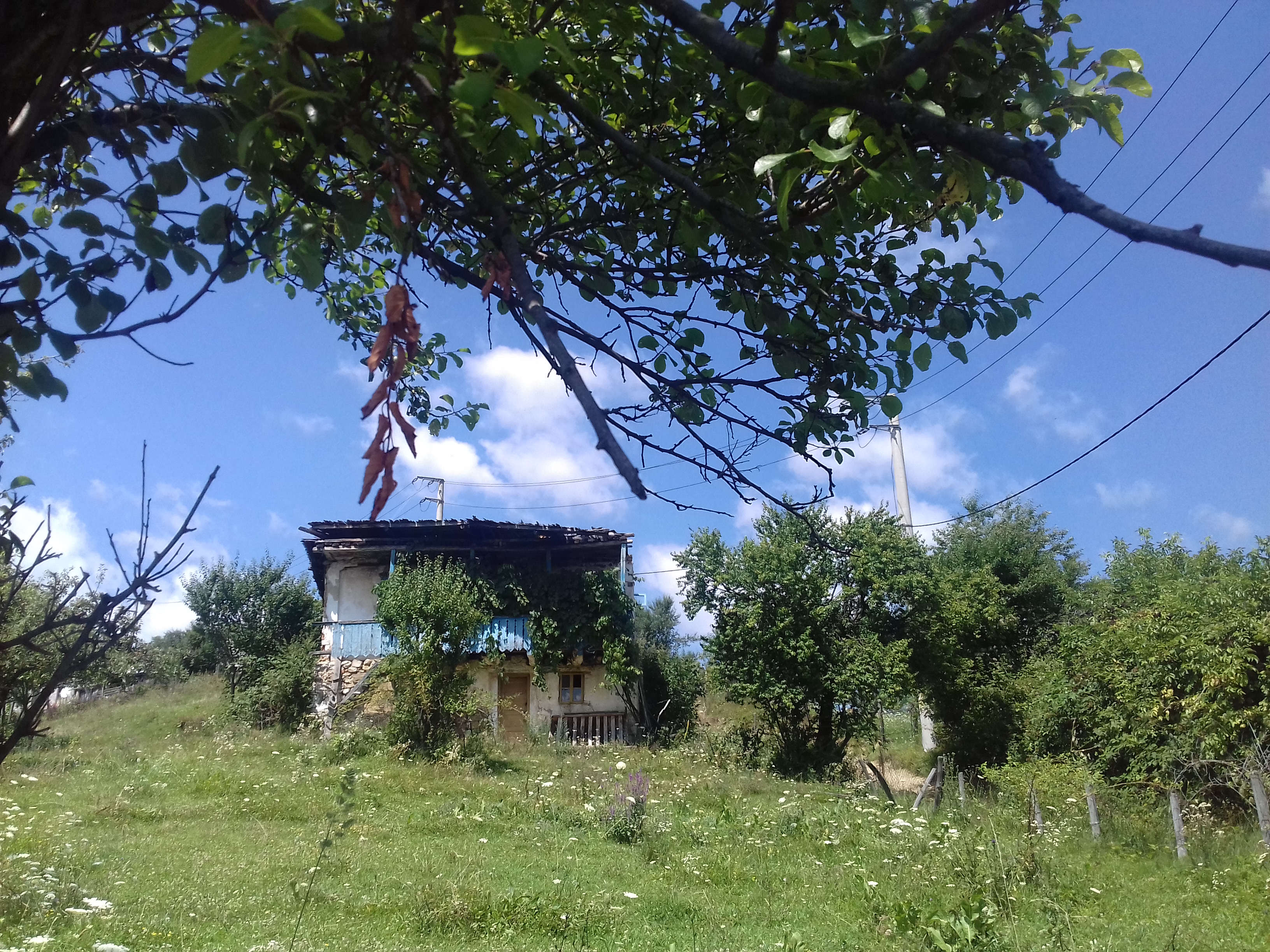
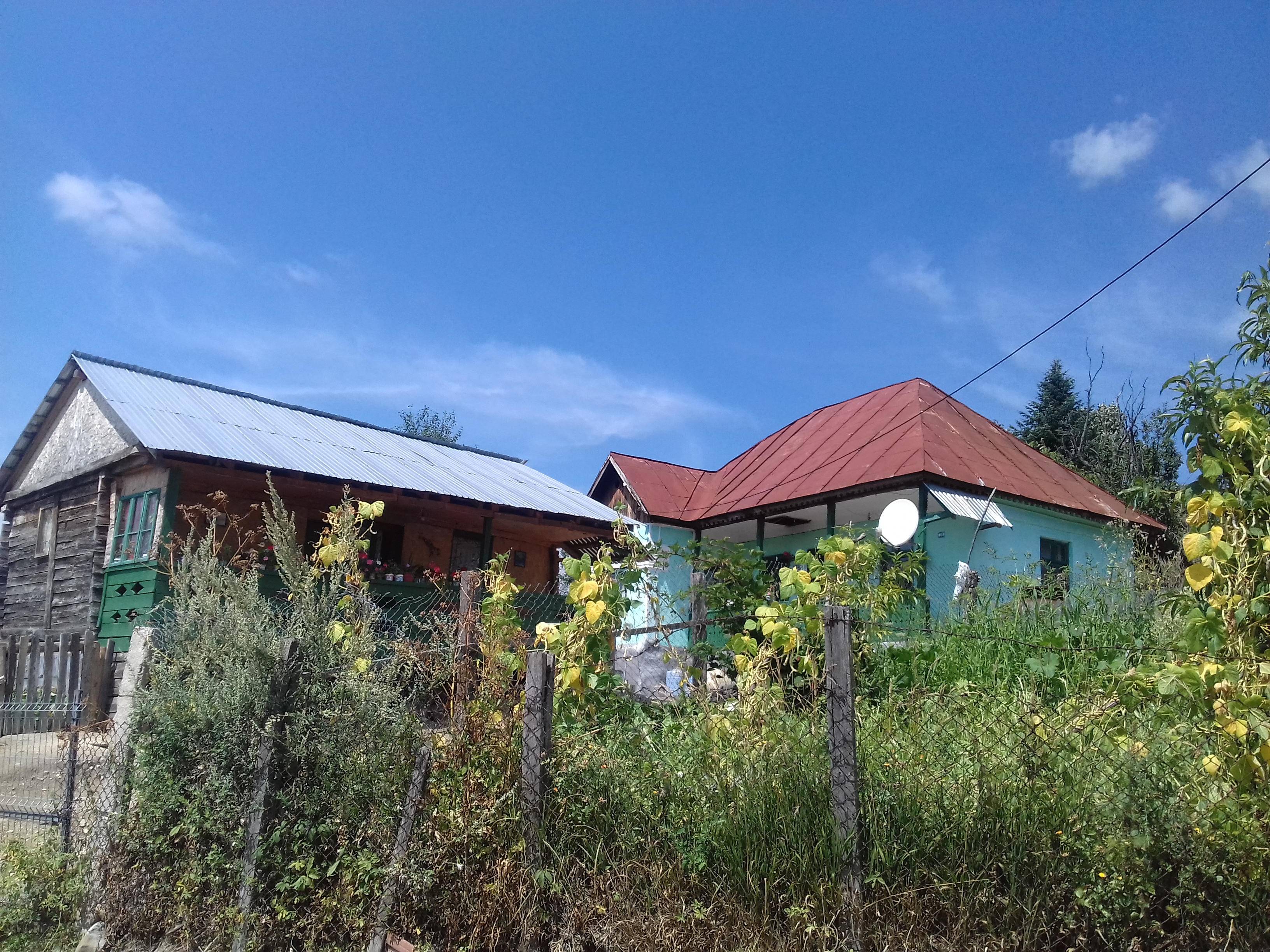
You can continue your walk in a different direction and reach the place where is the villa of the former president of Romania, Nicolae Ceausescu. Unfortunately, you can not visit it. Security is on your way! Still the walking is worth it!

Like all the Romanian spa resorts this one too has got its own ruins. The image of huge, destroyed hotels are a part of the view. But along with them ,you will find also new buildings ,guest houses and smaller hotels. There are a few restaurants, fast foods and many people who sell their products on the street. So do not worry that you will not find a souvenir to bring home.
The wooden church of Horea brought from Albac is a majestic presence in Olănești. Being a small resort you will have no problem in finding it !
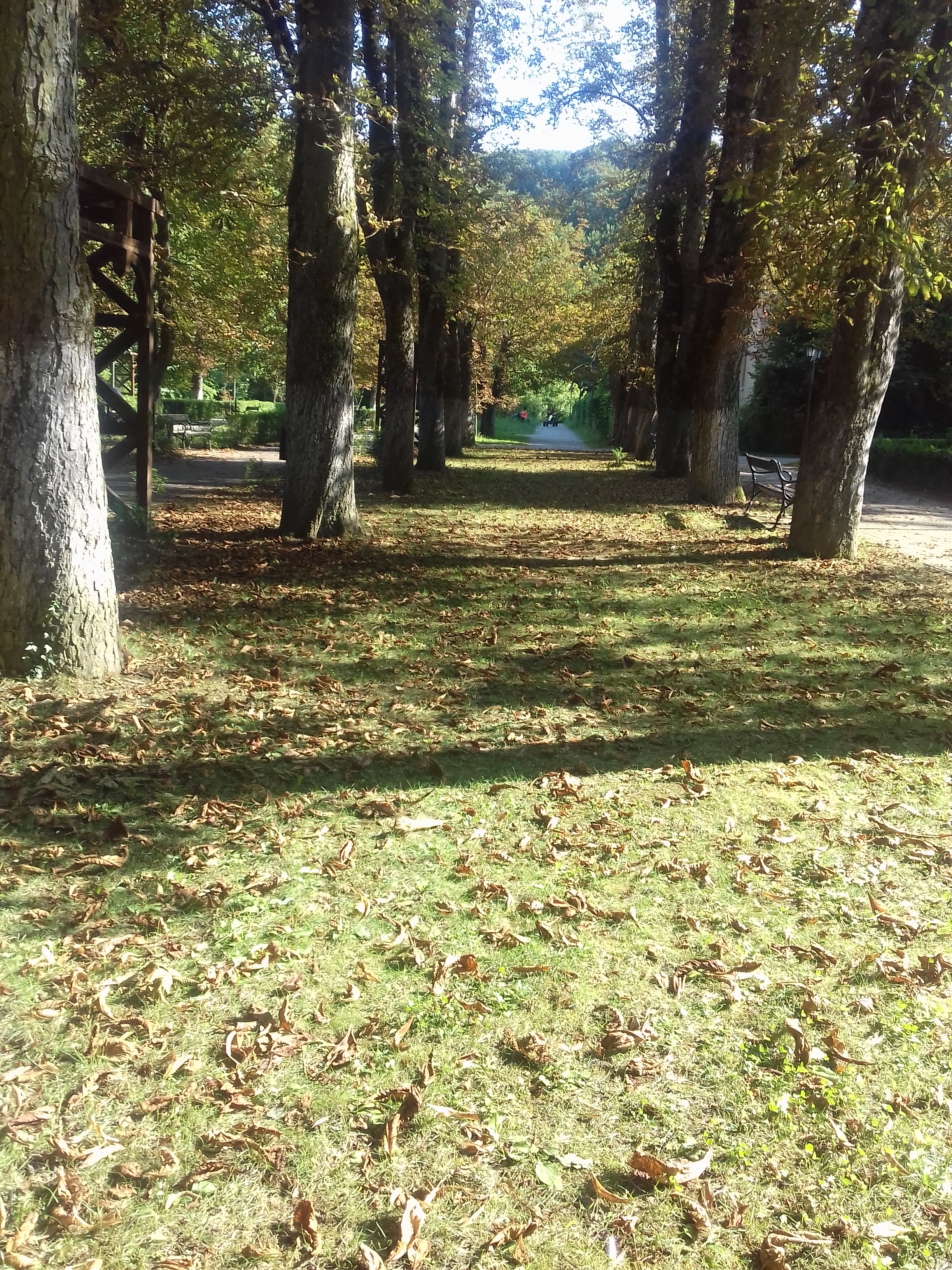


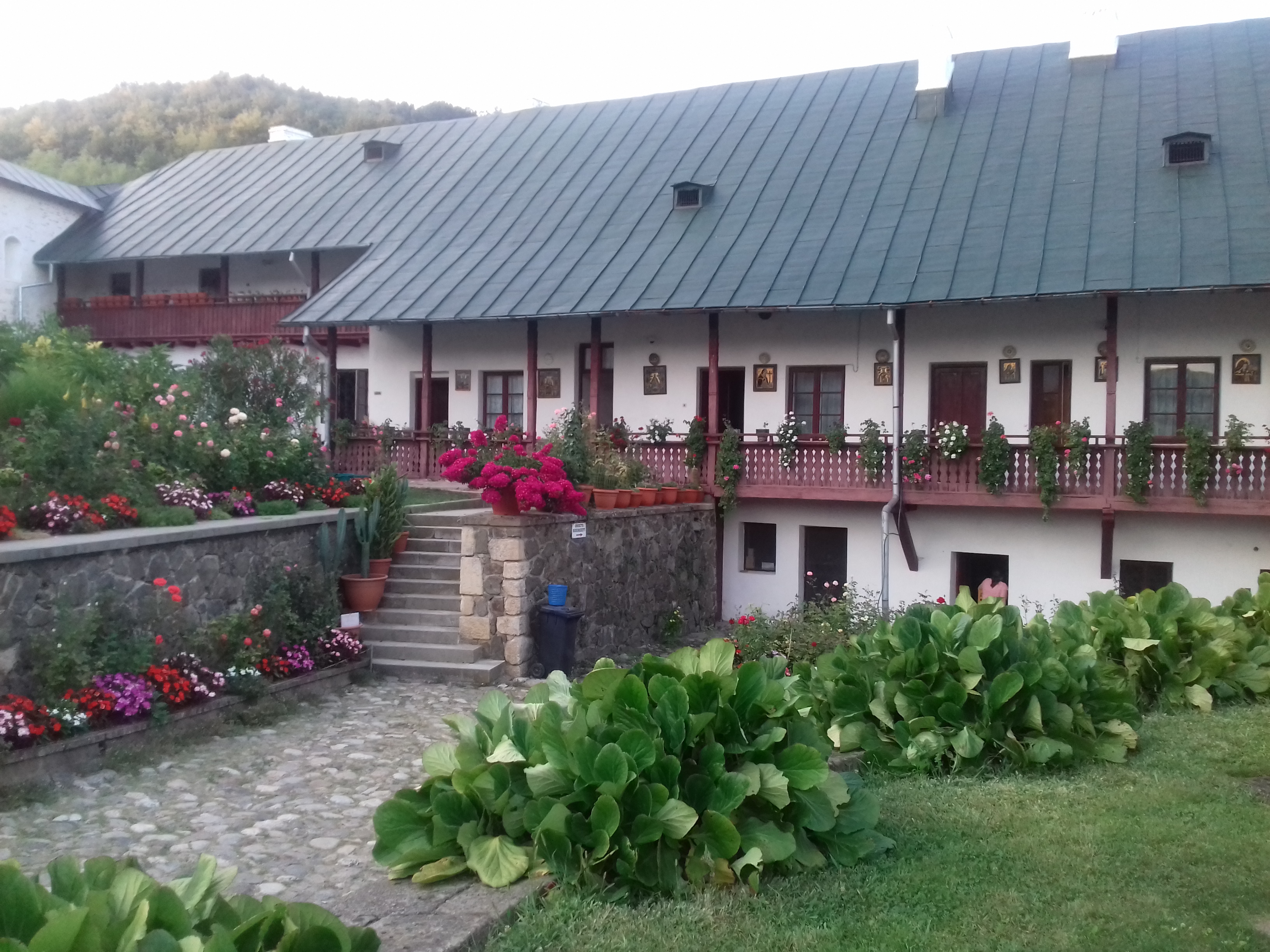
The monasteries of Oltenia are easily reached from here. Govora , another spa and also a splendid monastery is not far away either , in case you want to have some nearby trips.
